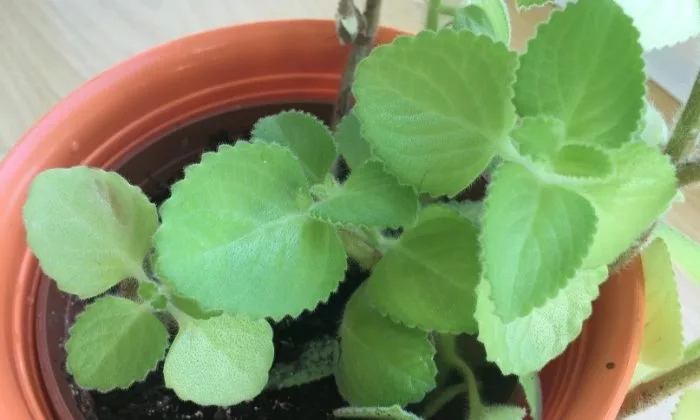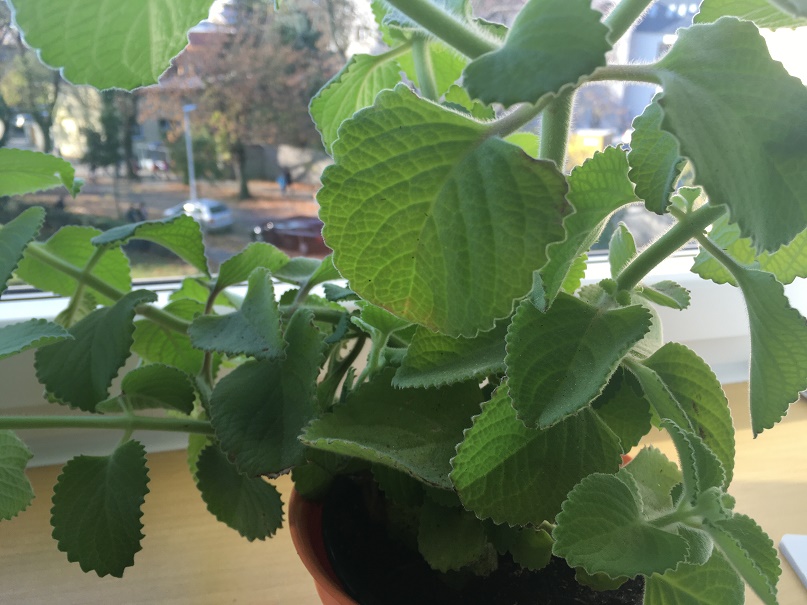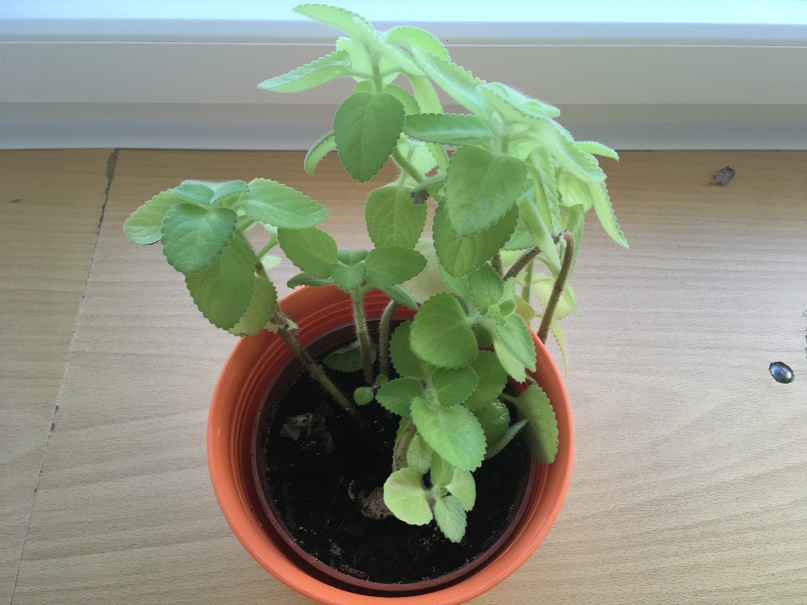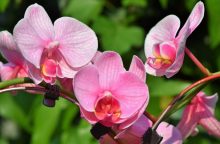Indian mint (Coleus amboinicus) eliminates common cold naturally

Autumn is beautiful and some of us love it, but there are definitely days when you get a runny nose, cold or similar unpleasant ailment. Yes, it is very annoying, but attacking the pharmacy and trying to find the miracle cure is pointless, to say the least. Especially, when you want to fight the common cold in naturally. An excellent choice is to use a plant called Indian mint. This great herb can help you when the first symptoms appear, but it also works as an effective preventive measure. We shall introduce Indian mint in more detail and help you to how to grow it properly.
Cuban oregano, French thyme or Indian mint
This interesting plant has many names. You may also have heard of Greek or Mexican eucalyptus. In any case, it is a plant that belongs to the Lamiaceae family. Its Latin name is Coleus amboinicus, synonym Plectranthus amboinicus. Indian mint is typical for its fleshy leaves covered with tiny hair and for its typical aroma which resembles a mixture of lemon balm, eucalyptus, mint and camphor.
How to use Indian mint
There are many uses and all of them should benefit you greatly. You should start using it as soon as you feel that you are getting the cold. Just take the leaf, rub it between your fingers and inhale it. Indian mint also makes an excellent tea which will help you to lower your blood pressure and improve digestion. It should also help you to get rid of headaches that go together with cold. Indian mint is also excellent against asthma.
Photo: Radek Štěpán
Growing Indian mint is simple
Nothing complicated. Indian mint is a very undemanding plant. It just needs enough light. So if you want to grow it on your window sill, which is exposed to sun for the most of the day, it will do great. Just watch out for wind drafts and make sure that the temperature does not fall below 12° Celsius. When the cold autumn comes make sure to winter it properly. You can even put it above a heating unit because dry air will not harm it. Do not water it too much. Only add water when the soil is completely dry. We recommend transplanting Indian mint in the spring. Soil should contain a sufficient amount of sand and you should also put pebbles at the bottom of the flowerpot or container. Also watch for extra side shoots and remove them. Do that and your plant will form a nice dense bush.
Rhyme Book: Preview photo Radek Štěpán

Gardening is my hobby, I have a lot of experience and I am happy to share it.










0 comments